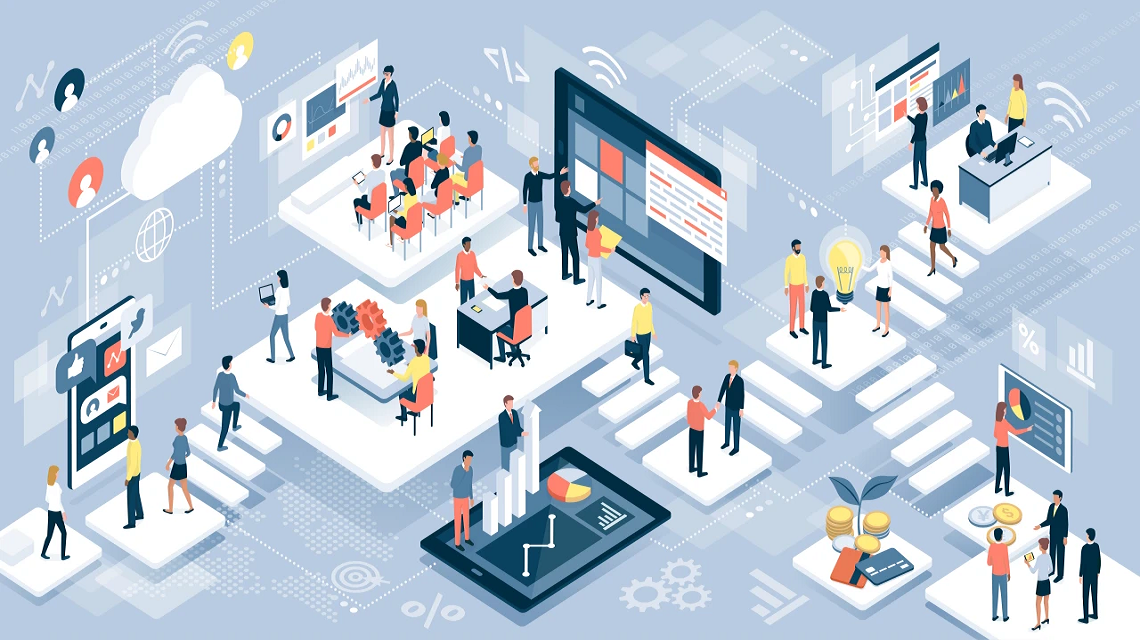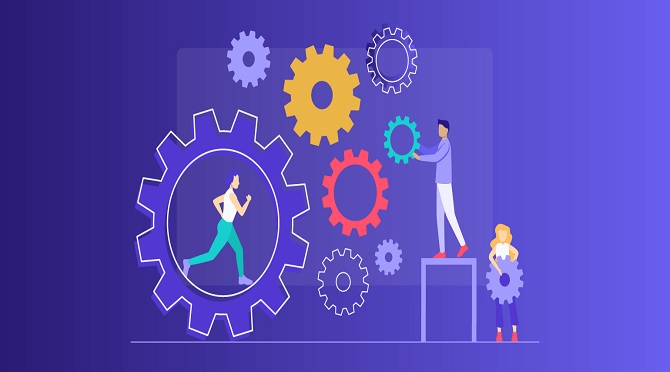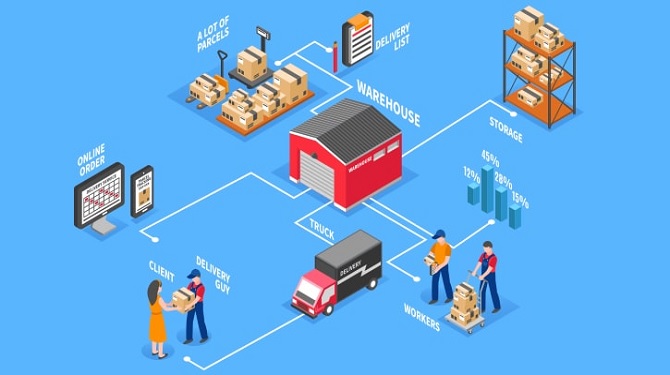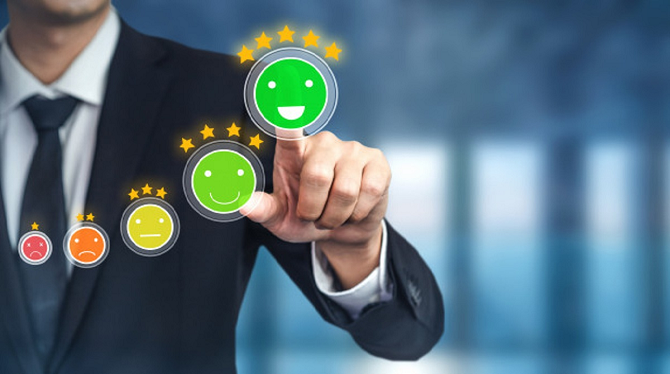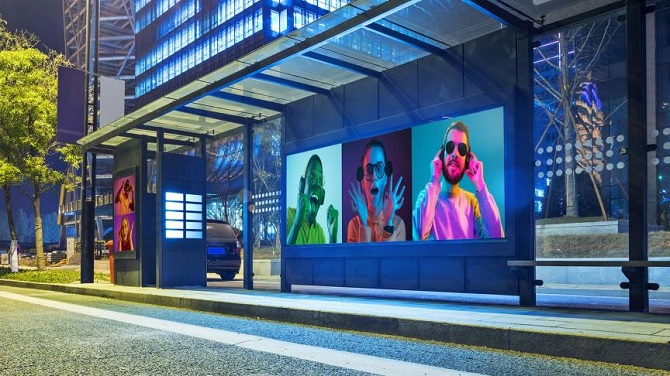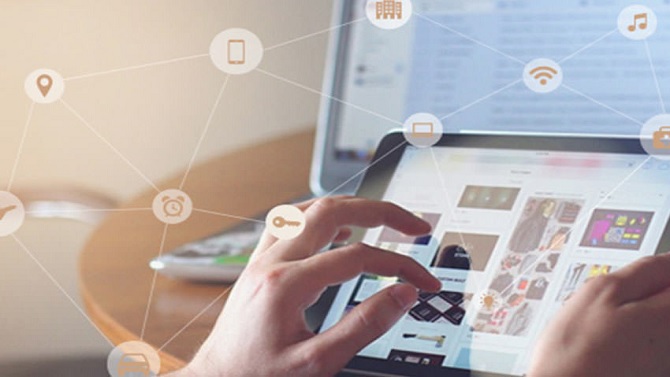While most of us have been preoccupied with how fast online shopping has become mainstream, a quiet revolution is sweeping the retail industry worldwide. The Internet of Things brings new life to fading retail venues while energizing newer, more imaginative ones. IoT-enabled shopping is also sweeping the online e-Commerce world, improving logistics, shipping, and even the shopping experience.
IoT dominates all technological innovation in the retail industry, with more than 30 billion linked items expected by 2020. IoT is almost everywhere, from upgrading goods to lowering energy use and increasing advertising results to enhancing customer experience. Most significantly, all the data gathering enables businesses to get new insights and develop products and customer experience while enjoying a double-digit growth rate. Amazon Go exemplifies this transformation.
Let’s look at how the Internet of Things assists both online and offline merchants in this article. Let’s look at some of the most popular retail trends with IoT devices in mind.
Table of Contents
Creating New Sources of Income
Whenever a consumer is in the intended territory of a retail outlet, location-based advertising using GPS and beacon technology to send customized coupons and discount data creates another touch-point and a chance for a shop to convert a passer into a possible purchase. According to a survey by an independent media, personalized coupons inspire 39 percent of customers to spend more on shopping.
Retailers can use IoT in conjunction with analytics to enhance sales in physical stores and other channels. Amazon Dash is already analyzing client usage trends to provide the finest services to consumers at their doorsteps.
Increasing Operational Effectiveness
The Internet of Things can revolutionize the retail supply chain business. Radio Frequency Identification (RFID) can help with this (RFID). It keeps inventory control down to the SKU level as it goes through the supply chain. In addition, a data visualization layer allows for real-time inventory monitoring. It is a level of self-service that will enable customers to find things. Sensors on perishable products’ stocking units aid in the preservation of product quality.
Stock-outs are a significant worry for retailers. RFID tags connect and exchange data depending on the stock level of goods on shelves, prompting an alarm for automatic shelf replenishment. RFID improves inventory accuracy by up to 95 percent and reduces stock-outs by up to 52 percent. Tesco begins tagging its apparel line with RFID tags. This resulted in a 95 percent reduction in stock-outs and a 7 percent reduction in stock-checking. RFID improves inventory correctness and reduces inventory shrinkage by 60%.
Analytics data derived from point-of-sale and inventory data aids in detecting underperforming and overstocked SKUs to lower stock-carrying costs for retailers.
Retailers are attempting to integrate delivery options with fulfillment requirements to provide customers with the most significant buying experience across many channels. The Omni-channel strategy necessitates inventory accuracy of more than 90% and stock transparency in supply chain management for business owners.
Optimizing the Management of the Logistics Chain
Without the Internet of Things, retail firms can track products logistically between manufacturers and store facilities, but tracking data is generally restricted. The IoT allows them to have significantly more accurate data, such as the item’s storage temperature and the time it takes to get from the warehouse to shop, thanks to RFID (Radio-frequency identification) and GPS (Global Positioning System) sensors. Stores frequently have a long list of suppliers and delivery companies; the Internet enhances awareness of an item’s placement in the supply chain.
Enhancing the Consumer Experience
Customer experience is critical to the retail industry’s success. As a result, merchants use several strategies to reach and keep consumers. Retailers can reach out to consumers by using point-of-buy digital signage with suitable material to promote their goods and increase consumer interaction. As per a poll conducted by an independent Internet Research Organization, nearly 68 percent of buyers alter their minds about buying depending on in-store messaging, and 29 percent of buyers purchase things on the spur of the moment due to POP displays. Data analytics based on purchase history, consumer tastes, and store visitors could be used to provide customers with personalized recommendations and the finest services.
In-store navigation is a prevalent difficulty in today’s retail environment. IoT devices connected with BLE and Wi-Fi aid in in-store navigation and ensure that consumers locate goods that meet their demands. Integrated lighting controls assist with energy-saving and enable managers to track the movements of customers in stores over time. Heat maps could optimize shop layouts to illuminate the store according to the manager’s requirements.
Long checkout lines are a significant source of anxiety for customers. An intelligent shopping cart ensures contactless and simple checkout by scanning the merchandise whenever customers leave the store.
Digital Signage
Stores can use digital signage to provide a personalized and engaging purchase experience. Retailers can use digital monitors and tablets in-store to draw consumers’ attention and enhance sales. Marketing professionals may save money on traditional printed materials while increasing client engagement with digital signage technologies.
Using the Internet of Things, these technologies could potentially help to improve the in-store experience. These displays could display real-time announcements or pricing changes, and they can show advertisements, catalogs, and individualized offers depending on information acquired in the shop and in real-time. Retailers use the Internet of Things in their points of sale and shopping malls. According to MarketsandMarkets, the global digital display market will grow in value.
How the Internet of Things is Assisting Brick-and-mortar Stores
Thousands of establishments are closing, malls are closing, and physical retailers are just unable to keep up with the pace of digital purchasing. Furthermore, consumers have started to enjoy buying things online rather than going to the nearby mall or grocery. The retail industry, in general, has a lot to be concerned about and resent. Each cloud, however, has a silver lining. IoT is assisting merchants worldwide by surviving and significantly attracting more customers to their stores than ever before.
-
- With the option to make personalized orders and items, vending machines in shops and outdoor venues are being transformed.
- Consumers could buy more creatively by utilizing dynamic displays and digital signage to locate the appropriate counter or shelf depending on their in-store choices.
- Just a few retailers have virtual and smart mirrors that present data about the clothing they’re trying on. Why not immediately encourage a man to purchase the green shirt he’s trying on if it’s greener than the one he tried before?
- Sensors could be added to RFID tags to improve their functionality. Beacons with IoT capabilities could be utilized to recognize facial expressions, consumer activity throughout aisles, and other data.
And then there’s illumination!
Lighting would be the future of the Internet of Things in mass retail. Mass retail chains will utilize an increasing number of LED lightbulbs, and replacing them would allow modern technological solutions suppliers to offer services such as connecting these lightbulbs to 5G boxes. Retailers must acquire relevant information about customers in the same manner they do for online shopping trends to provide the same experience in-store as they do online.
This enables retailers to offer customized coupons depending on a user’s surfing and purchasing history. The Internet of Things (IoT) lighting technology could help merchants overcome difficulties by making the in-store consumer experience more pleasant. Consumers could utilize the data gathered by these solutions, such as the purchaser’s position, to help them find things in stores, receive real-time information about products they’re near, and even call a store employee to identify items.
Lighting manufacturers and technology companies are developing new use cases to address client issues. Retailers are interested in indoor lighting-based positioning solutions, enabling retailers to build a multichannel strategy.
